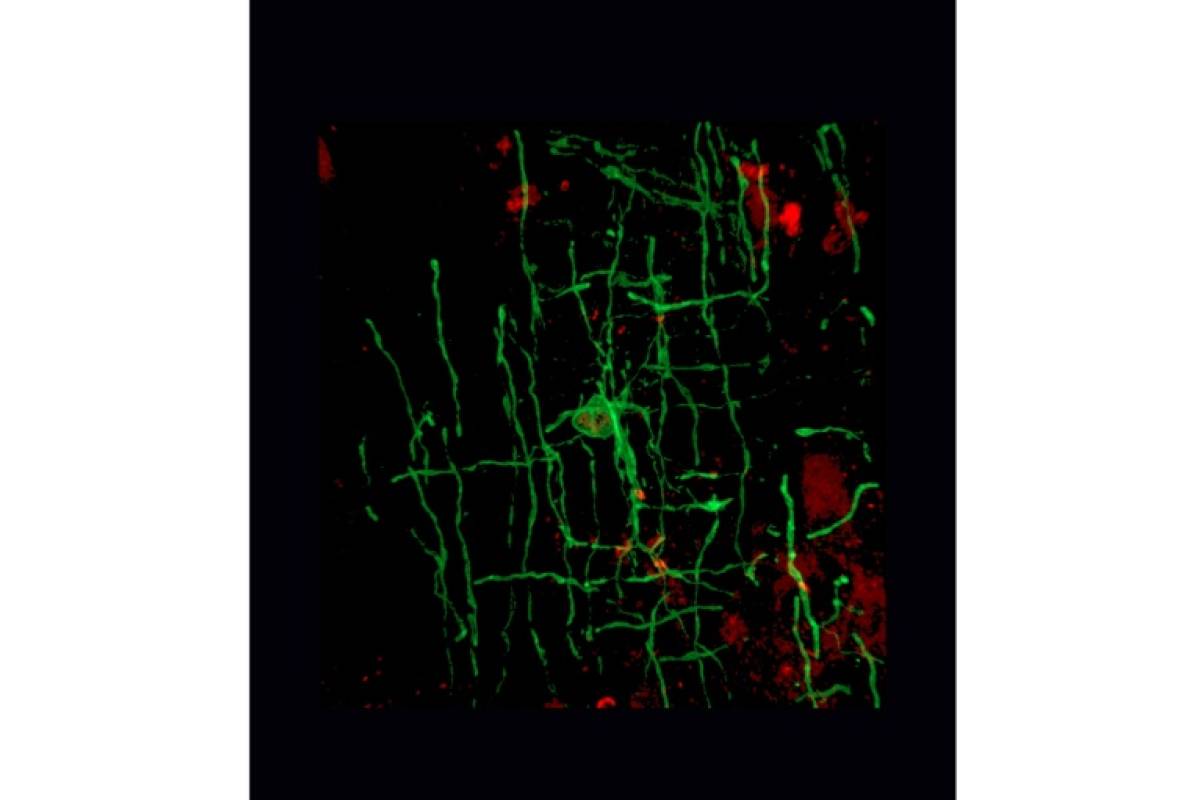Prosopometamorphopsia, a disorder that causes monsters to appear everywhere

One morning in 2020, when Victor Sharah woke up, he had a shocking vision: his roommate, his pointed ears, wide eyes and a mouth cut off from the edges of his face. Trying to stay calm, the 58-year-old walked his dog, only to see passers-by with equally disfigured faces. “My first thought was that I woke up in a world of monsters,” he told AFP by telephone from his home in Tennessee (United States). “I started panicking” and thinking “I’m going to be an intern in psychiatry”, rewinds the chef.
Although he has not “completely lost his mind”, he suffers from an extremely rare visual disorder called prosopomamorphopsia (PMO), which distorts faces without preventing their recognition. If Victor Sharah sees demonic-looking faces, others see ghost-like features, Antonio Mello, a specialist researcher at the PMO, explained to AFP. Some see one half face underneath the other, others see purple or green faces, or faces in constant motion.
Normal faces in two dimensions
Sometimes the disease manifests itself only for a few days. More than three years later, Victor Sharah still suffers from it. Unlike other patients, this 50-year-old still sees normal faces in two dimensions on a screen or on paper.
This unique characteristic allowed Antonio Mello and other researchers at Dartmouth College (United States) to create the first images, almost as realistic as photos, that represent the perception of the faces of people with PMO, they explained in a study published Friday in Medical. journal The Lancet.
Multiple reasons
To create these images, the researchers asked Victor Sharah to compare photos of Antonio Mello’s and another man’s faces on a computer screen with the distortions they could see in their real faces. Such comparisons have previously been difficult, because when other people with the same disorder looked at any facial image, they saw distortions. Living with prosopametamorphopsia is, according to Victor Sharah, “more traumatic than these images express. In fact, the face moves, speaks. »
Jason Barton, a neurologist at the University of British Columbia who was not involved in the new study, told AFP it was a “symptom” with multiple causes. In most of the cases studied by this researcher, “something in the brain was associated with this unusual experience”.
Victor Sharah has a brain injury, the result of an injury he sustained while working as a truck driver in 2007. But according to Antonio Mello, it is not linked to his disorder, as MRI images detected his lesion in the hippocampus. The brain is “not associated with an image processing network”.





